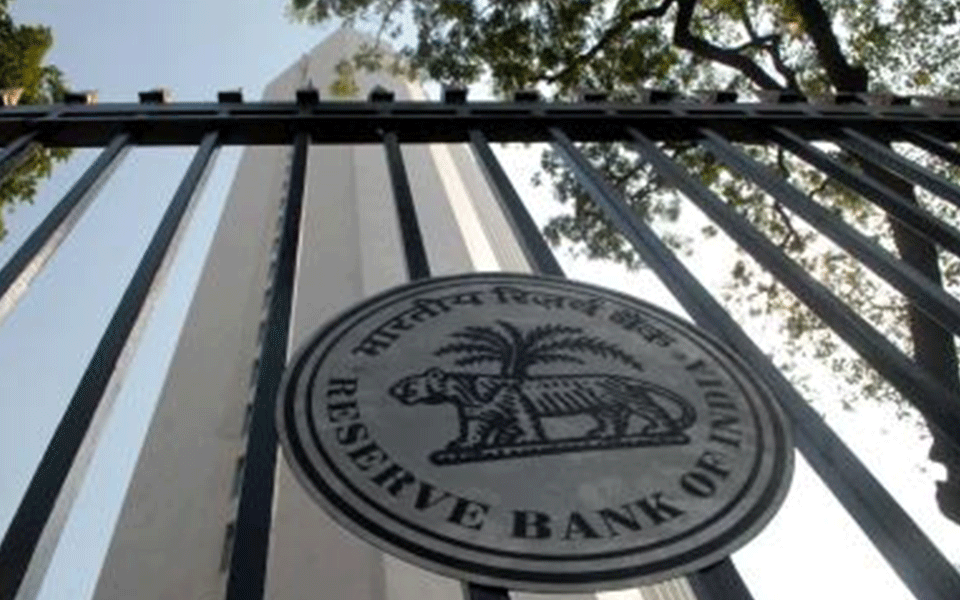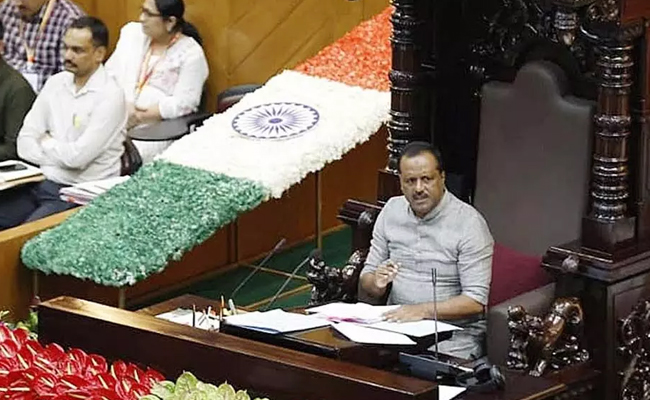Kolkata, Aug 29 : The Priority Sector Lending Certificates (PSLCs) scheme is gaining popularity as the total trading volume of the platform stood at Rs 1,843.3 billion at the end of last financial year, up from Rs 498 billion in the previous year, the Reserve Bank of India (RBI) said on Wednesday.
The PSLCs scheme was introduced in April 2016 as a mechanism to incentivise banks which surpass their targets in lending to different categories under the priority sector.
"The PSLC platform saw active participation from all the eligible entities including Urban Cooperative Banks (UCBs) and Small Finance Banks (SFBs) during 2017-18. At end-March 2018, total trading volume of PSLCs was Rs 1,843.3 billion as against Rs 498 billion at end-March 2017," the central bank said in its latest Annual Report released on Wednesday.
In a manner similar to carbon credit trading, PSLCs allow market mechanism to drive the priority sector lending by leveraging the comparative strength of different banks.
Explaining the scheme, the apex bank said a bank with an expertise in lending to small and marginal farmers can exceed targets and derive benefits by selling the over-achieved credit target through PSLCs. Another bank that is better at lending to small enterprises can buy these certificates while selling PSLCs for micro-enterprise loans.
Among the four PSLC categories, the highest trading was observed in the case of PSLC general and PSLC small and marginal farmer with the transaction volumes being Rs 796.72 billion and Rs 696.22 billion, respectively, it said.
Let the Truth be known. If you read VB and like VB, please be a VB Supporter and Help us deliver the Truth to one and all.
Hyderabad (PTI): Leader of the Opposition in the Lok Sabha, Rahul Gandhi, will attend the GOAT India Tour event featuring football legend Lionel Messi at the RGI Cricket Stadium here on Saturday evening, Telangana Congress sources said.
A friendly match will be played between the two teams -- Singareni RR9 and Aparna-Messi All Stars. These two teams will be playing a 15-20 minute friendly match and five minutes before the game, Chief Minister Revanth Reddy, a football enthusiast and Messi will join and will dribble the ball together.
Rahul Gandhi will land here on a special flight at 4.30 PM and will proceed to Taj Falaknuma Palace Hotel where Messi will be staying.
After watching the game, Gandhi will leave for the national capital by 10.30 PM.
Elaborate security arrangements are being made for the event at the RGI Cricket stadium.
Rachakonda Police Commissioner Sudheer Babu said security would be provided with 3,000 personnel.





